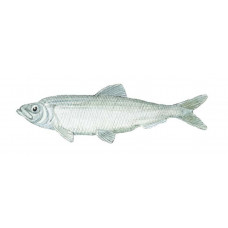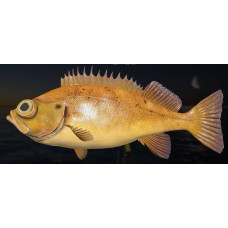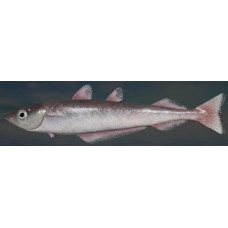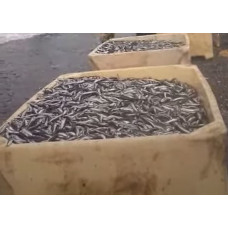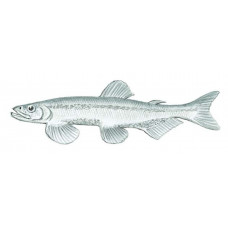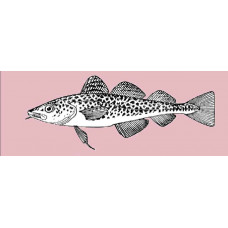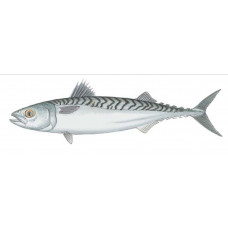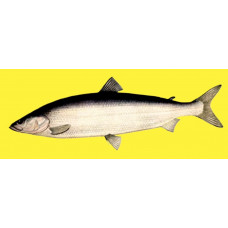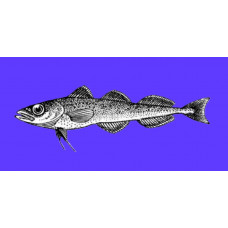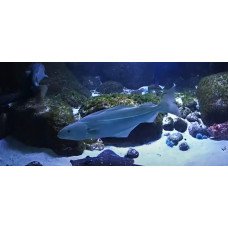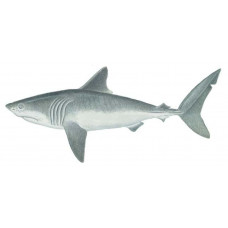Fauna of the Norwegian Sea (Atlantic Ocean)
The Norwegian Sea is a transition zone between boreal and arctic conditions and therefore has a fauna characteristic of both climatic regions. The southern limit of many Arctic species passes through the North Cape, Iceland and the centre of the Norwegian Sea, while the northern limit of boreal species is close to the Greenland Sea border with the Norwegian and Barents Seas, i.e. these areas overlap. Some species, such as Chlamys islandica and capelin, tend to occupy the area between the Atlantic and the North Sea.

Plankton and benthic organisms in the Norwegian Sea
Most aquatic organisms are concentrated in the upper layers. The zooplankton is mainly represented by Calanus finmarchicus and Calanus hyperboreus, the former being about four times more abundant than the latter and mainly found in Atlantic waters, while C. hyperboreus dominates in Arctic waters and is the main food of most marine predators. The most important krill species are Meganyctiphanes norvegica, Thyssanoessa inermis and Thyssanoessa longicaudata. Calcareous plankton (Coccolithophore and Globigerinoides) are abundant in the Norwegian Sea. Shrimps of the species Pandalus borealis play an important role in the diet of fish, especially cod and blue whiting, and are found at depths of 200-300 metres.
Features of the Norwegian Sea
A special feature of the Norwegian Sea are the extensive coral reefs of Lophelia pertusa, which support a wide variety of fish species. Although these corals are common in many peripheral areas of the North Atlantic, they never reach the same numbers and concentrations as on the Norwegian continental slopes.
The most common fish in the Norwegian Sea
Norwegian coastal waters are the most important spawning grounds for the North Atlantic herring population. The eggs hatch in March. The larvae rise to the surface and are carried northwards by the coastal current. While a small population of herring remain in the fjords and along the northern Norwegian coast, the majority spend the summer in the Barents Sea where they feed on the rich plankton stocks. After reaching sexual maturity, herring return to the Norwegian Sea. Capelin, cod and blue whiting are also found here. The blue whiting spawns near the British Isles. Sea currents carry the eggs to the Norwegian Sea, where the adults swim to feed. The juveniles spend the summer and winter in Norwegian coastal waters until February, when they return to the warm waters west of Scotland. Norwegian Atlantic cod are mainly found in the Barents Sea and Svalbard. In the rest of the Norwegian Sea, it is only found in the Lofoten Islands during the breeding season, while Pollachius virens and haddock spawn in coastal waters. Mackerel is also an important commercial fish. Coral reefs are inhabited by several species of the genus Sebastes.
Mammals of the Norwegian Sea
Minke whales, humpback whales, sei whales and killer whales reach high numbers in the Norwegian Sea, and white-beaked dolphins can be found in coastal waters. Orca and some other whales visit the sea to feed during the summer months, and their populations are closely linked to herring stocks and they follow the herring stocks out to sea. Rorquals are the most common whale at sea, with a total population of around 110,000. The bowhead whale was a major consumer of plankton, but it almost disappeared from the Norwegian Sea after intensive whaling in the 19th century and was temporarily extinct throughout the North Atlantic. Similarly, the blue whale used to form large groups, but is now almost extinct. The northern bottlenose whale is quite rare in the Norwegian Sea.
Are there sharks in the Norwegian Sea?
Somniosus microcephalus can be considered the mistress of the Norwegian Sea. They can grow to over 6 metres long and weigh a tonne. Porbeagle and spiny dogfish can also be found here, and the occasional basking shark. Sharks are not dangerous here.
What kind of jellyfish can you find in the Norwegian Sea?
Atlantic herring
Latin NameClupea harengus harengus (Linnaeus, 1758).Titles in different languagesHerring, Atlantic h..
Beaked redfish
Latin nameSebastes mentellaOther namesDeepwater redfin, ocean perch, Atlantic redfish, Norway haddoc..
Blue whiting
Latin nameMicromesistius poutassouOther namesMerluci blu (Albanian), Kék puha tőkehal (Hungarian), B..
Capelin
Capelin (Mallotus villosus) is a fish of the capelin genus, the smelt family. Elongated body, scales..
Capelin
Latin name Mallotus villosus Other names Danish/Dutch/German/ Norwegian: lodde; French: capelin a..
Cod, Atlantic
Latin name Gadus morhua Other names Cod, codfish, codling, scrod; French: morue de l’Atlantique; ..
Haddock
Latin name Melanogrammus aeglefinus Other names Haddie, scrod; French: eglefin; Italian: asinello..
Mackerel, Atlantic
Latin name Scomber scombrus Other names Mackerel, common mackerel, Boston mackerel; Arabic: scomb..
Nelma
Latin nameStenodus nelmaOther nameSheefish, siifish, inconnu, connie, stenodus nelma, salmo nelma, s..
Polar cod
Latin nameBoreogadus saidaOther nameArctic cod, gadus saida, merlangus polaris, boreogadus polaris, ..
Pollachius virens
Pollachius virens is a marine fish of the cod family. Body length up to 1.2 m. Weight up to 10 kg, u..
Shark, Porbeagle
Latin name Lamna nasus Other names Beaumaris shark, blue dog, bonito shark, herring shark, macker..

